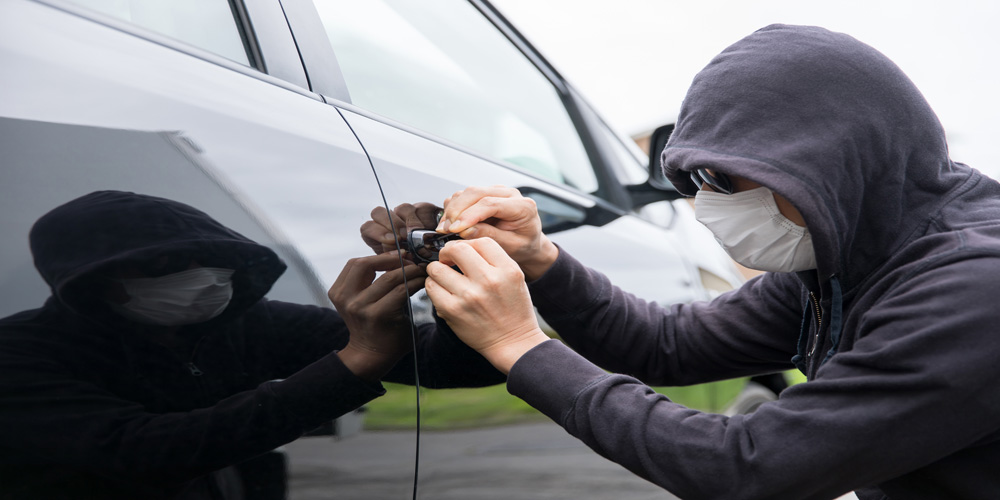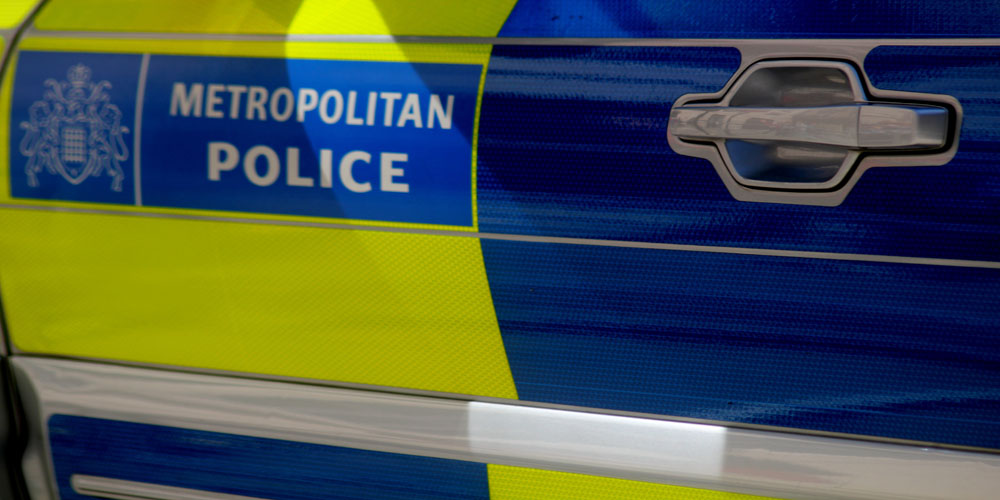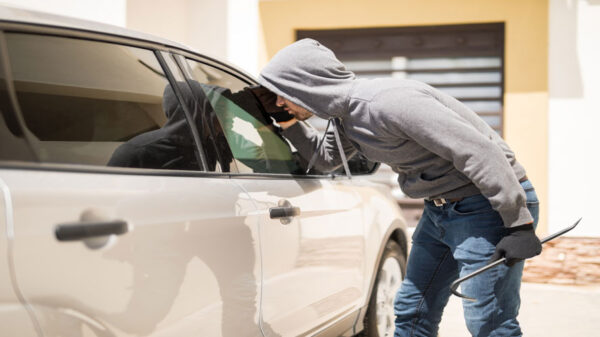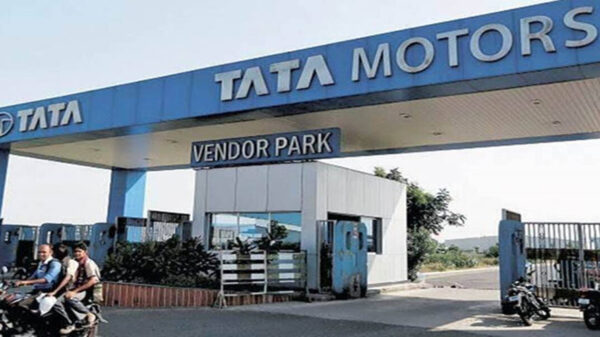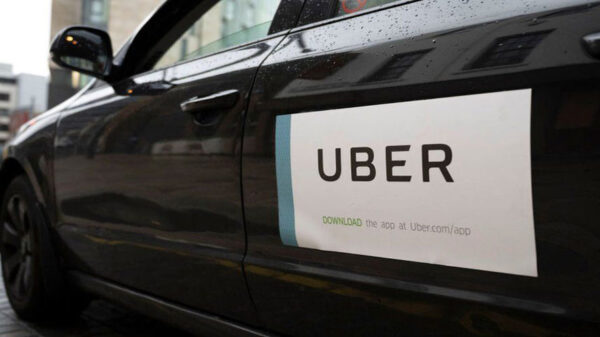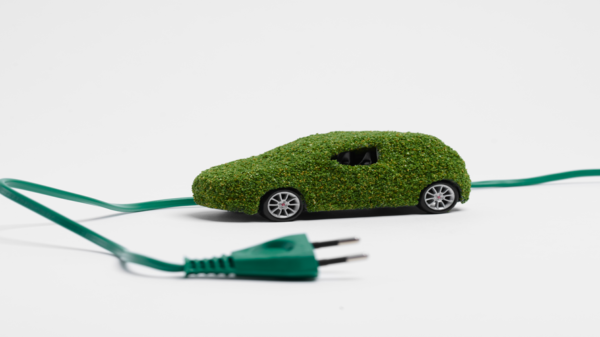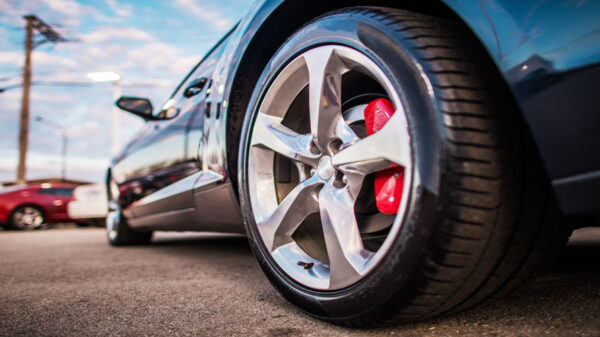The number of vehicles stolen in the UK remains at a record high level, according to new data from the Office for National Statistics (ONS). Year-on-year crime statistics show that there were 129,159 vehicles stolen between April 2023 and March 2024.
The RAC is reporting that this is slightly lower when compared to the 130,119 vehicle thefts for same period in 2022-23, but keeps the number of vehicle thefts in the UK at a 15-year high.
Despite the worryingly levels of vehicle crime, incidents of items being stolen from vehicles fell by 12% year-on-year.
In total, there were 193,023 crimes reported to police that involved items being taken from vehicles after they had been broken into. For the same period the year before, 218,431 people reported that something had been taken from their vehicle.
However, further analysis of the ONS data showed that there was a 2% rise in vehicle interference or tampering with a motor vehicle. This is where parts from the vehicle are stolen, such as catalytic converters, number plates, and vehicle badges.
In 2022-23, there were 52,268 reported incidents, which increased to 53,369 this year.
Just 2.2% of all car thefts result in criminal charges.
Following the publication today of new data showing that there were nearly 130,000 recorded vehicle theft crimes in the 12 months to March 2024, RAC spokesperson Rod Dennis said: “After falling steadily during the 2010s, the last few years have seen an alarming rise in the number of recorded crimes where vehicles are stolen with an average of 356 being taken every day of the year.
“And when you consider that most car theft crimes go unsolved,* it’s a pretty bleak picture. It’s a real cat-and-mouse situation between vehicle manufacturers and criminals, with carmakers ever tightening security, only for thieves to use increasingly using sophisticated tactics to find a way round their systems.
“We would like to see the new government take steps to tackle car crime by re-establishing the vehicle theft taskforce that was set up in 2019, or at least engaging heavily with police forces, manufacturers and the insurance industry to map out a way forward.”


